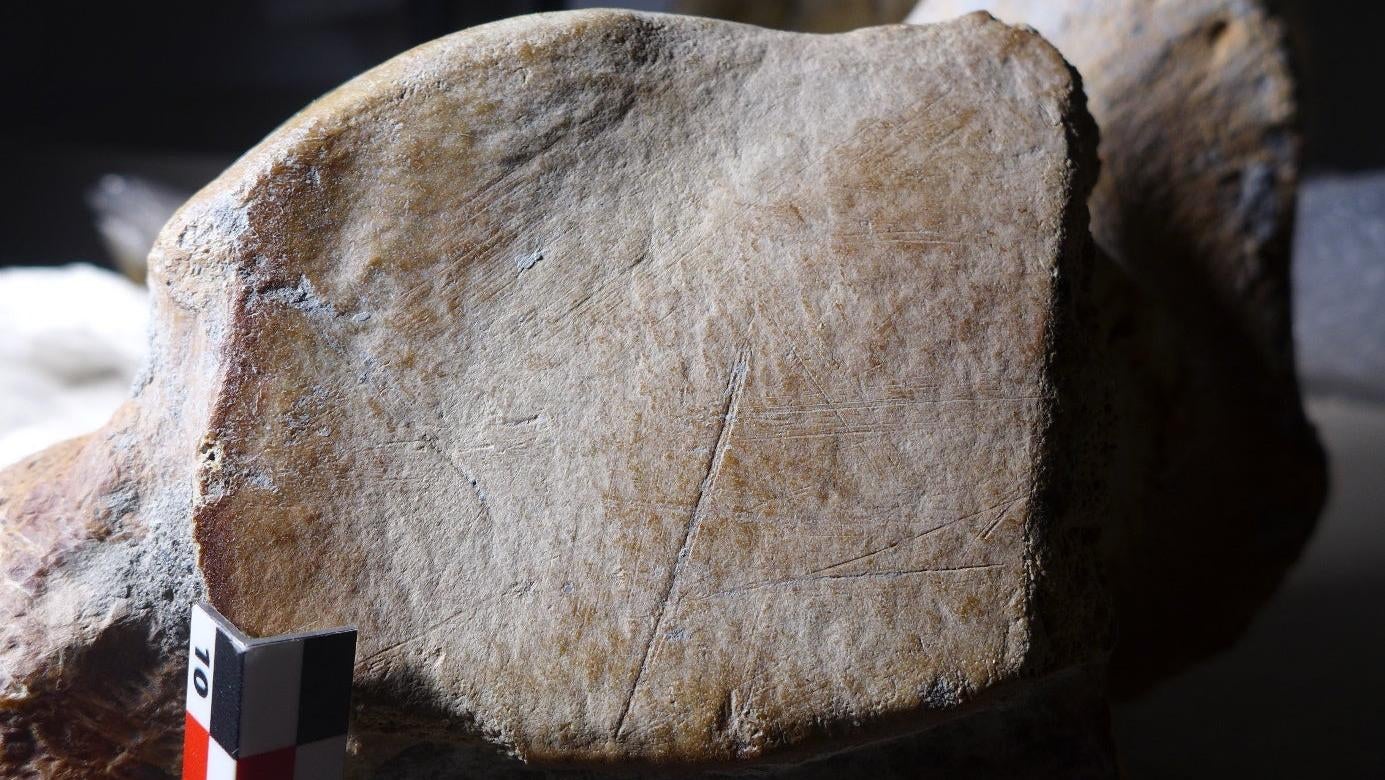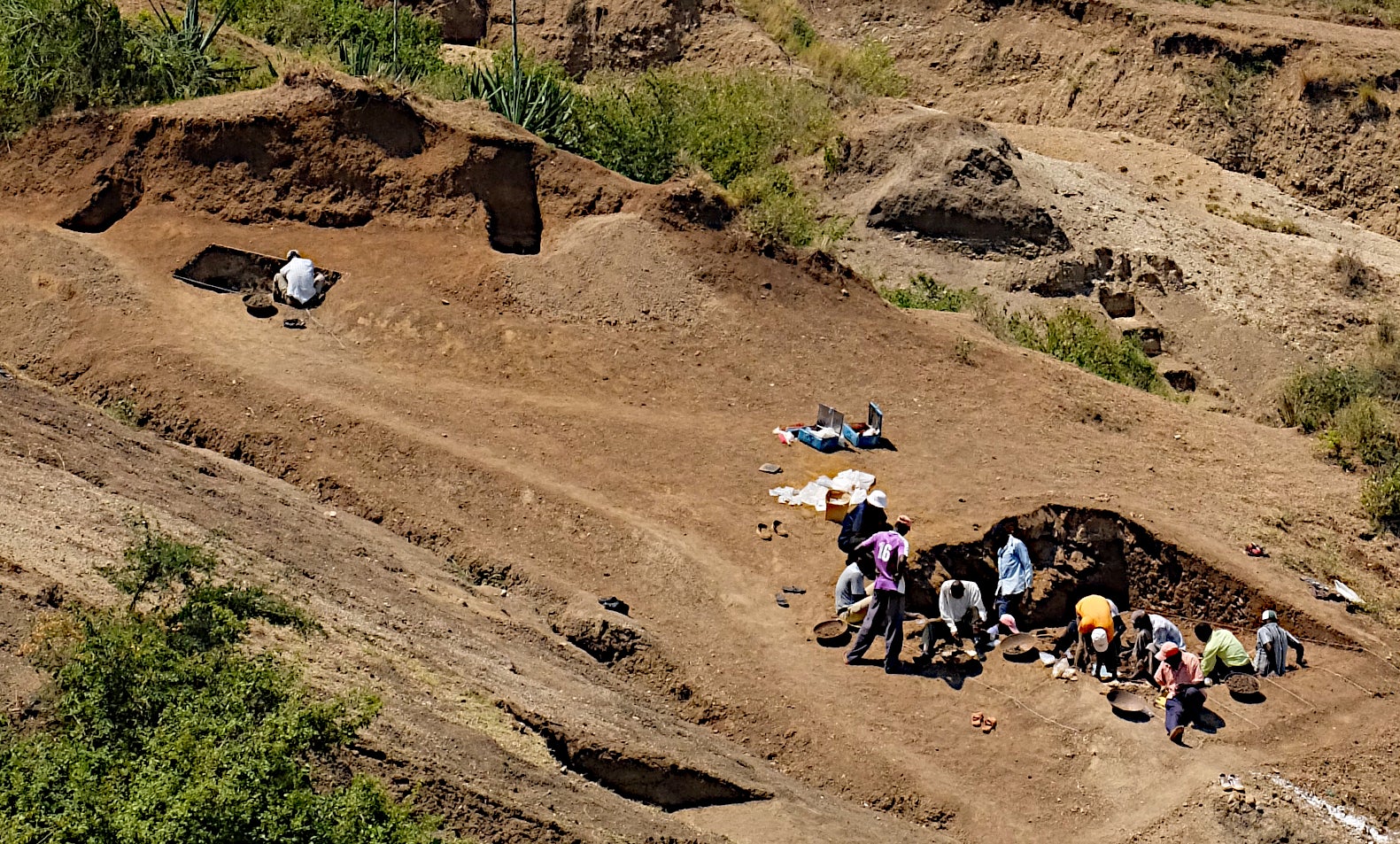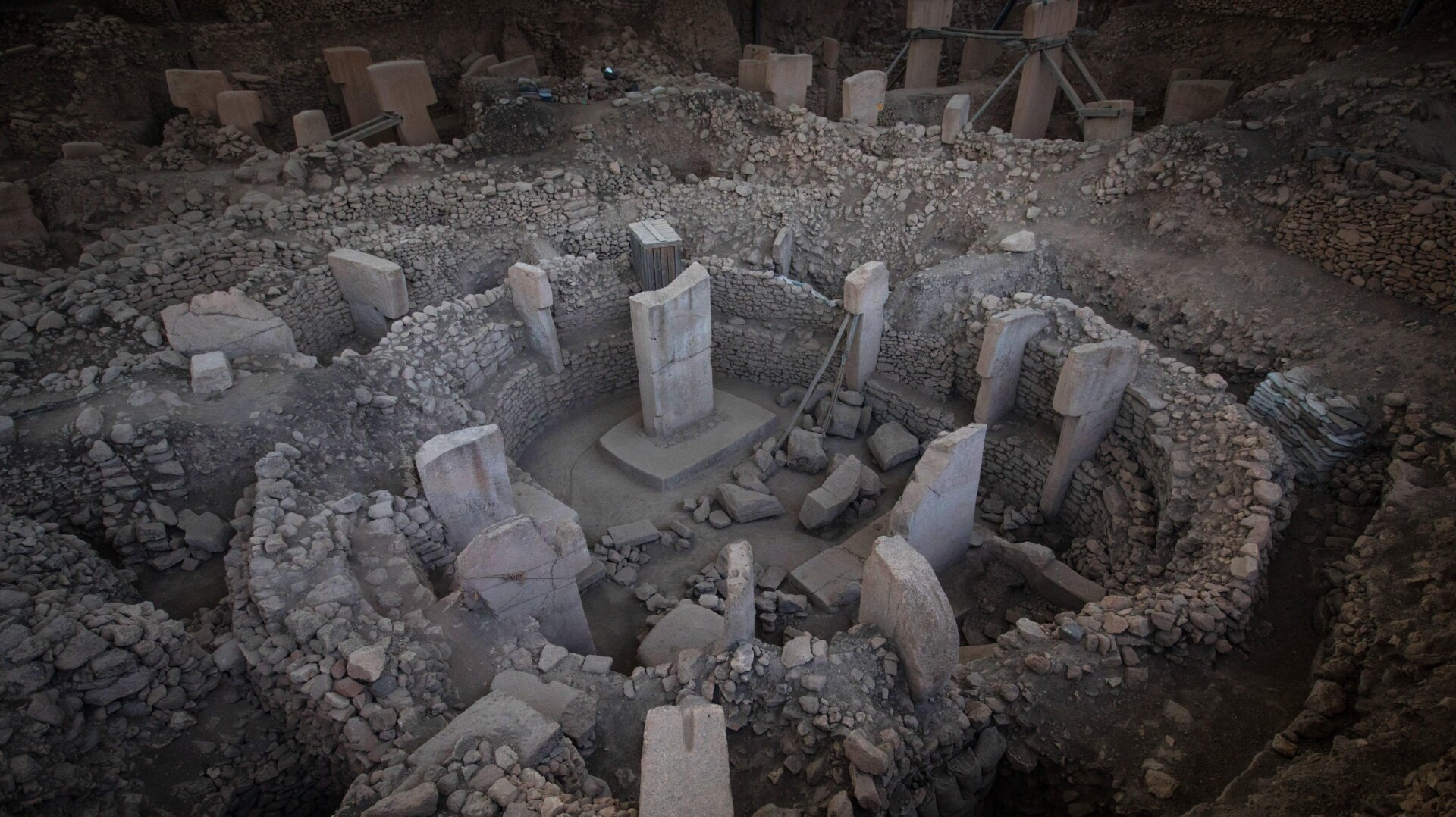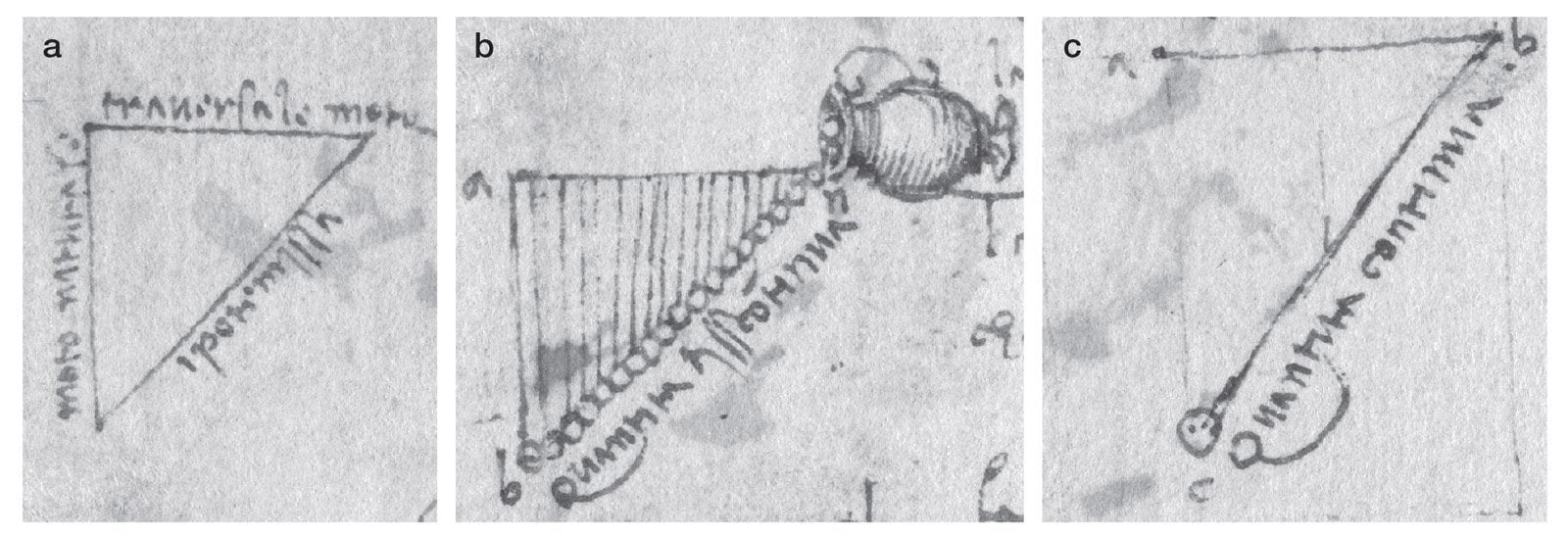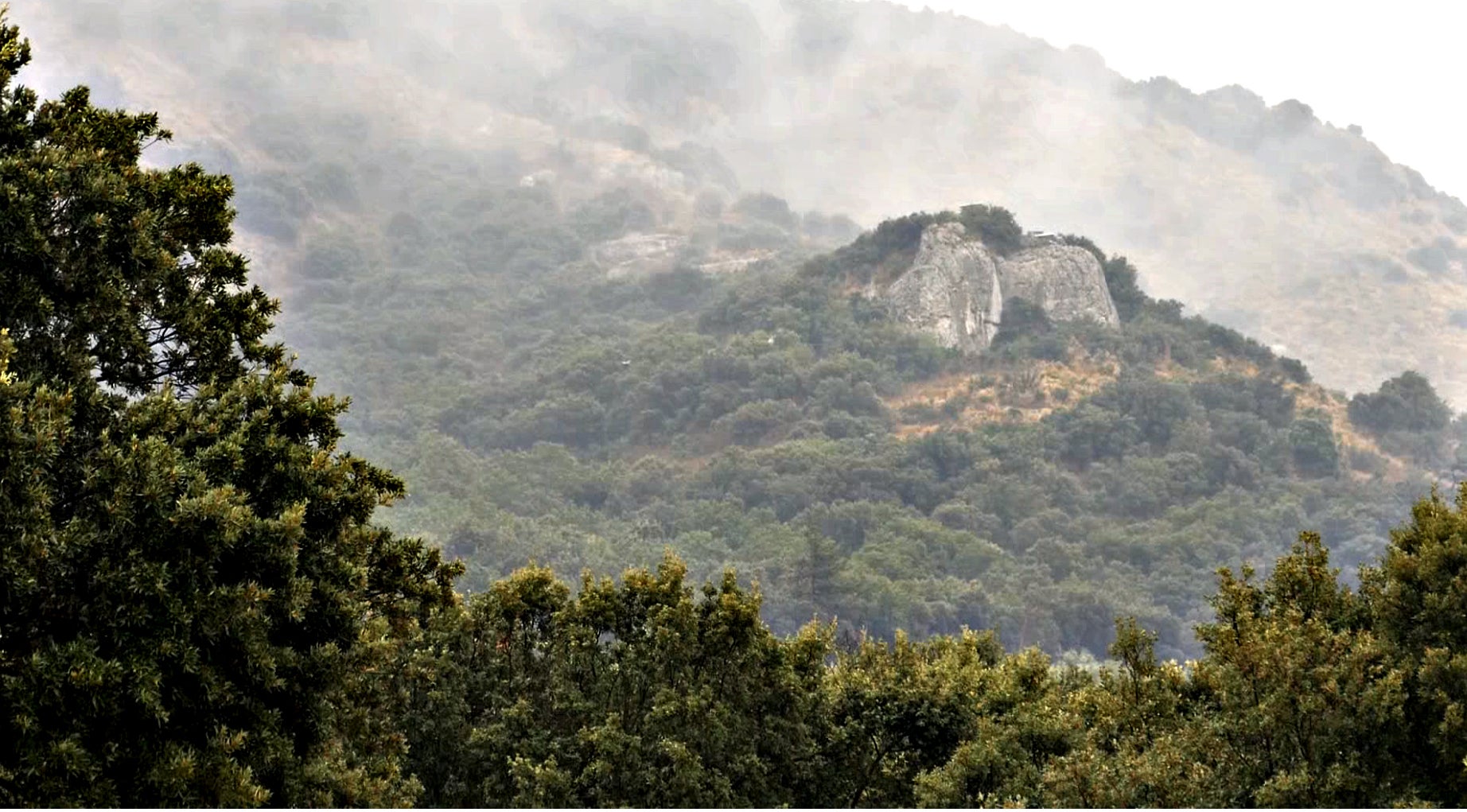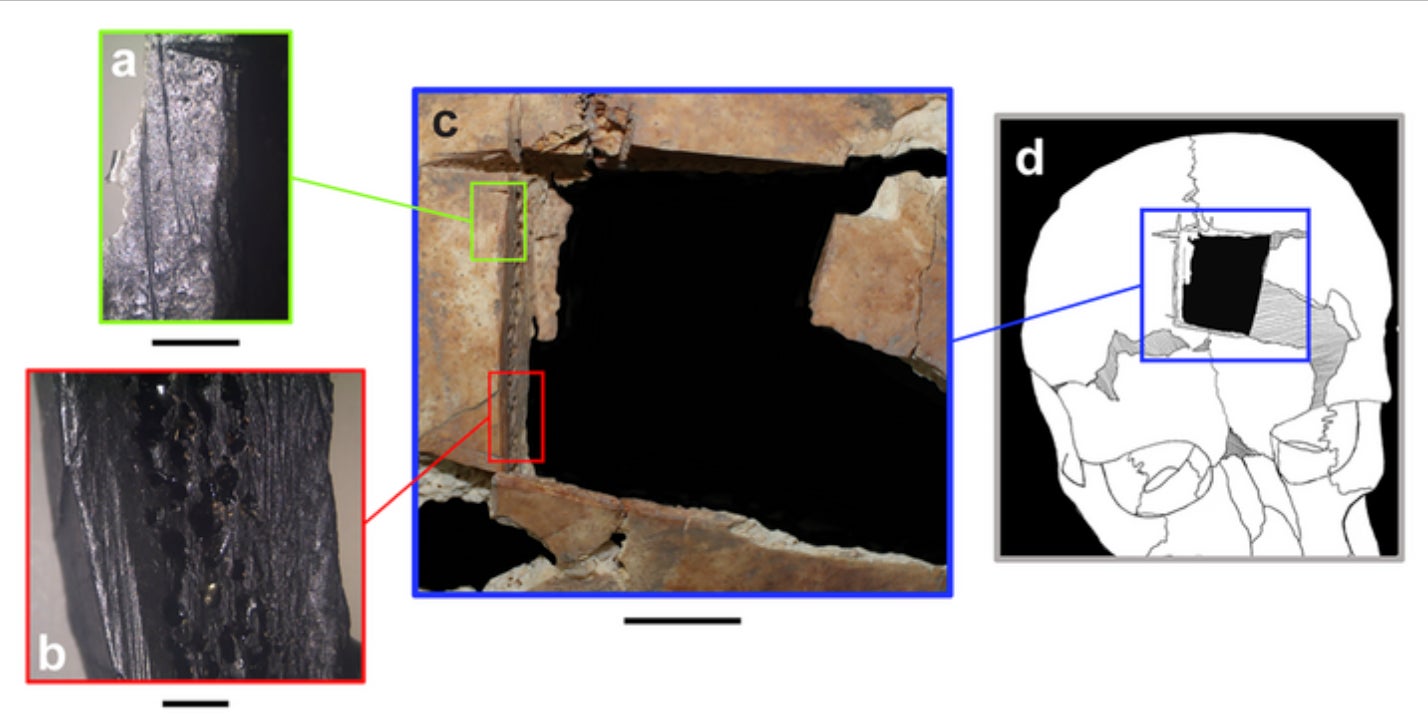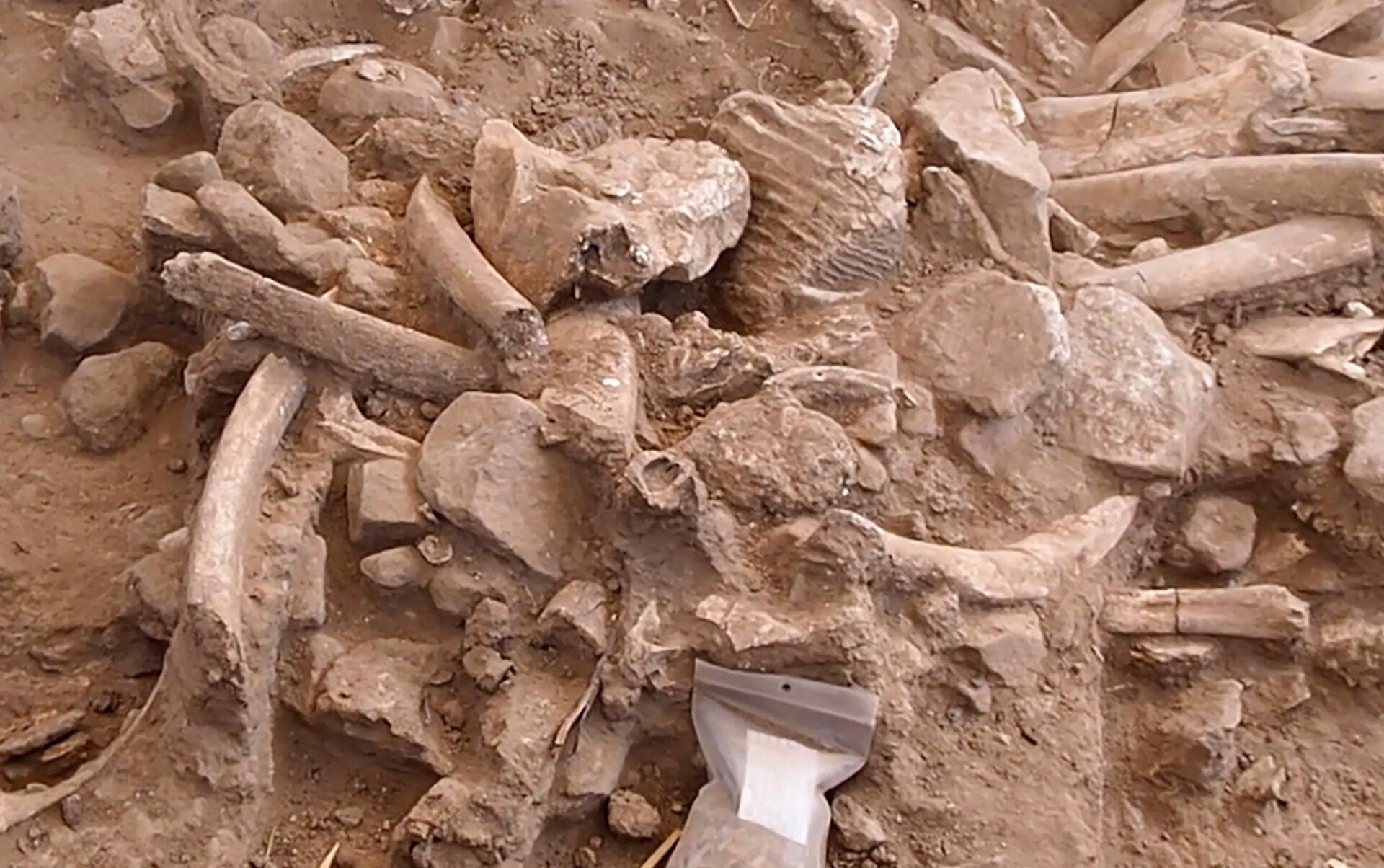Historical discoveries of elephant remains alongside stone tools have fueled speculation that early humans and other hominins may have consumed these massive mammals. Recent research published in Science Advances confirms that Neanderthals in Europe systematically hunted and butchered elephants, providing food stores that could sustain their groups for months.
This groundbreaking study centers on the straight-tusked elephant (Palaeoloxodon antiquus), an extinct species twice the size of today’s African elephants. Earlier discoveries from the 1920s and 1948 hinted at Neanderthal hunting practices, including the use of pit traps and wooden lances. However, this new research provides compelling evidence of both hunting and large-scale butchery.
Evidence of a Neanderthal Butchery Site
The study examines 3,122 elephant remains, representing over 70 individual elephants, excavated between 1985 and 1996 from Neumark-Nord 1, an archaeological site in central Germany. The remains, ranging from individual bones to complete skeletons, even included preserved gut contents. Detailed analysis reveals a plethora of cut marks indicating systematic butchering by hominins. Cut marks on the skulls suggest they were severed from the bodies, granting access to the nutrient-rich brains.
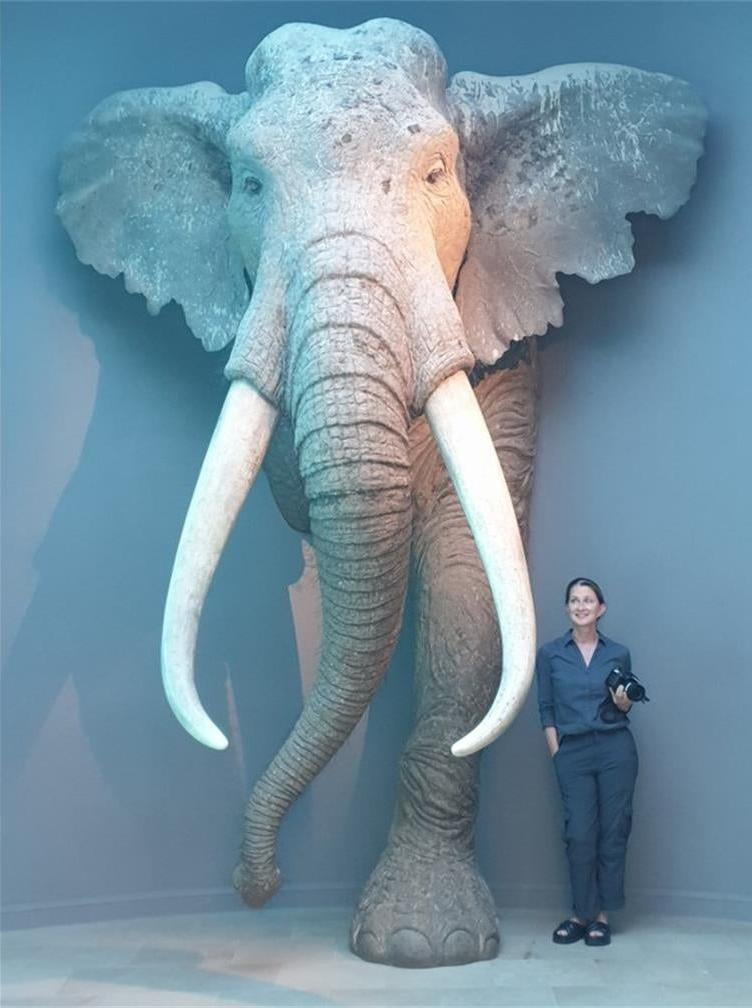 Study lead author Sabine Gaudzinski-Windheuser (5’3″) next to a reconstruction of an adult male P. antiquus.
Study lead author Sabine Gaudzinski-Windheuser (5’3″) next to a reconstruction of an adult male P. antiquus.
Study co-author Wil Roebroeks, an archaeologist at Leiden University, highlights the social and cognitive implications of this discovery. A single 10-ton elephant could provide at least 2,500 daily rations for adult Neanderthals. This suggests Neanderthals either gathered in larger groups than previously thought, exceeding the estimated 20 individuals (including children), or developed sophisticated methods for preserving and storing vast quantities of food. Both scenarios offer significant insights into Neanderthal behavior.
Targeted Hunting of Adult Male Elephants
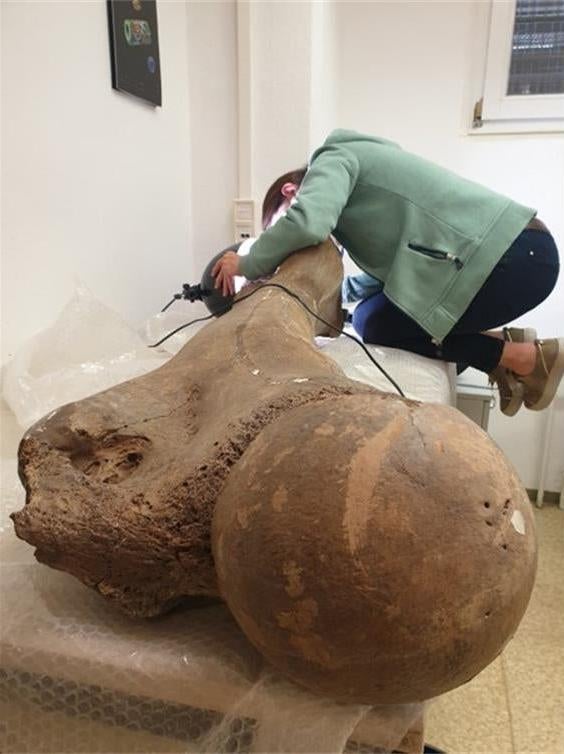 Gaudzinski-Windheuser studying the femur of an ancient elephant.
Gaudzinski-Windheuser studying the femur of an ancient elephant.
Significantly, the elephant remains analyzed, along with previous findings of hunting tools, predominantly belonged to adult males. This strongly suggests targeted hunting rather than scavenging. Scavenged remains typically come from weaker individuals—the elderly, young, or sick. Adult male straight-tusked elephants, similar to modern bull elephants, were likely solitary creatures, presenting easier targets than a herd of protective females.
Sophisticated Hunting Strategies and Long-Term Occupation
Archaeologist Britt Starkovich emphasizes the Neanderthals’ strategic approach: they knew which individuals to hunt, where to find them, and how to execute the attack. They also understood the logistical challenges of butchering such large prey and the substantial meat yield.
Based on the age of Neanderthal artifacts found at the site, including stone flakes and charred seeds, researchers believe Neanderthals occupied Neumark-Nord 1 for approximately 2,000 years. This suggests generations of Neanderthals utilized this location as a butchery site, relying on the massive elephants as a sustained food source.
Unveiling Neanderthal Capabilities
This study adds to our understanding of Neanderthal ingenuity and adaptability. While we now know they were capable of hunting and processing these enormous animals, further research is needed to understand the precise hunting methods employed. Further investigation could also illuminate how they prepared and preserved the meat, adding another layer to our understanding of these close human relatives.



